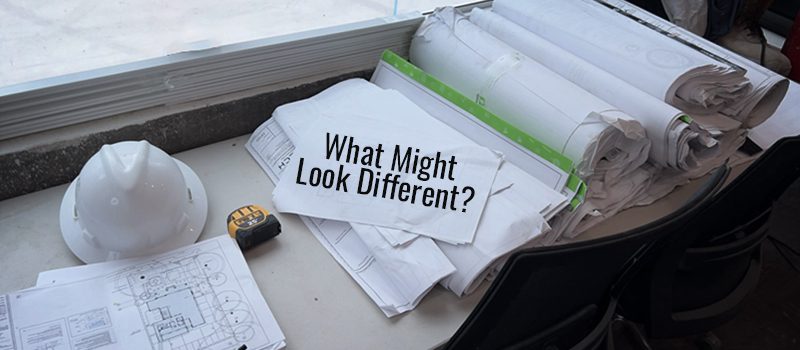Taking our Christmas tree down this year—because if we didn’t, it might fall itself from being surely past its time—we both commented on how much we enjoyed it this year. That was immediately followed in unison by how we had to weigh the enjoyment with the now displeasure of undecorating to take it down. We already have gone from two trees when the kids were young—a nautical-themed tree in the family room and a second tree of all the kids’ homemade and other ornaments not in the nautical theme—to the one. A few years ago, we also moved from picking out and picking up our Christmas tree to picking out and having the tree delivered and set up. The decorating and undecorating is a timely project. I enjoy decorating the tree each year and getting up each morning to have my quiet time in the presence of the beautiful ornaments and lights, reminding me of all the memories of years gone by and the blessings in each of those years. The cost of buying a tree and getting it delivered is a considerable budgetary item, yet it has always been a must throughout the years. After all, it is a tradition. Now our large nautical tree tradition may need to be evaluated for transition to adapt to our life transition yet not leave a void in our hearts and the hearts of others with the changes made.
So, what drives transition, and how do you gradually start the process instead of all or nothing? Ask the Who, What, When, and Why.
- Who will be affected by making a change? In a company setting, almost every change made to a process, policy, the environment, etc. can alter not just the people making the decision but other internal and external people. An example might be a change in the payroll or payables cycle: it might cut down on the work to process all, yet those relying on a more frequent cycle could resign from working with you.
- What is the end result you are looking to achieve? All too often, when working with companies, we find they bring in a new person as a solution to a problem before evaluating what resources they already have in place and obtaining buy-in from those team members who will be crucial to the new person’s success. Also, if that new person is not afforded the time or provided and engaged with the opportunity to build relationships and learn policies and procedures, the end result is fall-out instead of fixed.
- When is the best time to make an adjustment to something? How often is someone’s heart in the right place to want to help or fix something, yet they moved too fast and did not take time to think about who might be heartbroken or what else might break in the process? We recently evaluated moving our offices within our building along with moving departments within our current space to accommodate growth. In taking time to evaluate, we learned a lot about how our teams interacted, and we evaluated cost, disruption, etc. Taking the time to evaluate brought other solutions to the table that made much more sense and less disruption to productivity, besides revealing personal dynamics in workspace and workflow.
- Why do you want to make the change in the first place? You know that saying “if it isn’t broke, don’t fix it”? So often, leaders like me think something is broken when, in fact, it is not; it just didn’t happen as fast as you or I wished it to. It was not because people were not doing their jobs or the process of doing their jobs was ineffective or inefficient. It was how the process was directed when outlining expectations of the deliverables.
What we decided regarding the Christmas tree was a scheduled evaluation in October of this year to take a look at the holiday season and weigh the time, cost, and emotional component (enjoyment factor for us and others) involved with the other considerations of our life and the overall projected 2023 holiday season. My husband has a big year ahead of him, with significant development projects moving into the construction stage. I do not know yet what the end of the year has in store for me with the book launch of Happily Married to Your Employer and the growth of my businesses to accommodate the shortages in qualified human capital. What I do know is that the outcome will be thought out and mutually made with my husband and in consideration of the who, what, when, and why we make that decision. What might look different is the fact that things are different because we are in 2023, and every year is different, whether embraced or not. Yet when we do choose to look at things differently—and beyond a must-have tradition at all costs—we gain that perfect peace at Christmas, big tree or not.
What areas of your life, career, or business do you need to ask who, what, when, and why for a peacefully right result?
“As soon as tradition has come to be recognized as tradition, it is dead.”—Allan Bloom
To What Might Look Different,
Suzanne Breistol




